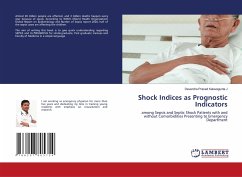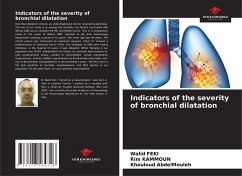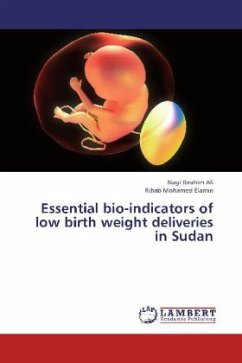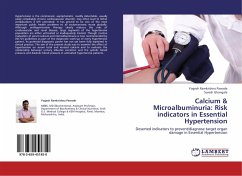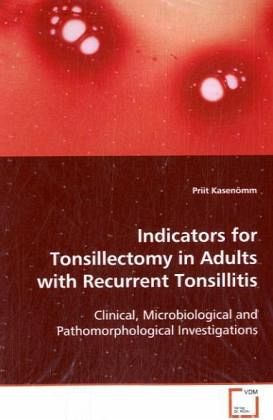
Indicators for Tonsillectomy in Adults with Recurrent Tonsillitis
Clinical, Microbiological and Pathomorphological Investigations
Versandkostenfrei!
Versandfertig in 6-10 Tagen
32,99 €
inkl. MwSt.

PAYBACK Punkte
16 °P sammeln!
Palatine tonsils are a part of the immune system inthe upper aerodigestive tract that serves as thefirst line of defence against harmful environmentalfactors. Paradoxically, palatine tonsils themselvesare quite frequently affected by infectious agents,which may lead to recurrent tonsillitis. A leadingtherapeutic approach for such a condition has beentonsillectomy. The recommendation fortonsillectomy has depended primarily on the frequencyof tonsillitis episodes. However, there is noworldwide agreement whether a specific number oftonsillitis episodes over a certain period of timewarrants tonsil...
Palatine tonsils are a part of the immune system in
the upper aerodigestive tract that serves as the
first line of defence against harmful environmental
factors. Paradoxically, palatine tonsils themselves
are quite frequently affected by infectious agents,
which may lead to recurrent tonsillitis. A leading
therapeutic approach for such a condition has been
tonsillectomy. The recommendation for
tonsillectomy has depended primarily on the frequency
of tonsillitis episodes. However, there is no
worldwide agreement whether a specific number of
tonsillitis episodes over a certain period of time
warrants tonsillectomy. Adult patients often have
fewer or less severe tonsillitis episodes, but
frequently demonstrate systemic manifestations of
chronic inflammation, such as poor general health,
tiredness, lowered resistance, tendency to catch
colds, unexplained fever or the presence of comorbid
diseases. There is no consensus whether such features
of recurrent tonsillitis could be accepted as the
indications for tonsillectomy. Therefore, the present
book focuses on the selection of evidence-based
indicators for tonsillectomy in adults with
recurrents tonsillitis.
the upper aerodigestive tract that serves as the
first line of defence against harmful environmental
factors. Paradoxically, palatine tonsils themselves
are quite frequently affected by infectious agents,
which may lead to recurrent tonsillitis. A leading
therapeutic approach for such a condition has been
tonsillectomy. The recommendation for
tonsillectomy has depended primarily on the frequency
of tonsillitis episodes. However, there is no
worldwide agreement whether a specific number of
tonsillitis episodes over a certain period of time
warrants tonsillectomy. Adult patients often have
fewer or less severe tonsillitis episodes, but
frequently demonstrate systemic manifestations of
chronic inflammation, such as poor general health,
tiredness, lowered resistance, tendency to catch
colds, unexplained fever or the presence of comorbid
diseases. There is no consensus whether such features
of recurrent tonsillitis could be accepted as the
indications for tonsillectomy. Therefore, the present
book focuses on the selection of evidence-based
indicators for tonsillectomy in adults with
recurrents tonsillitis.



